|
|
|
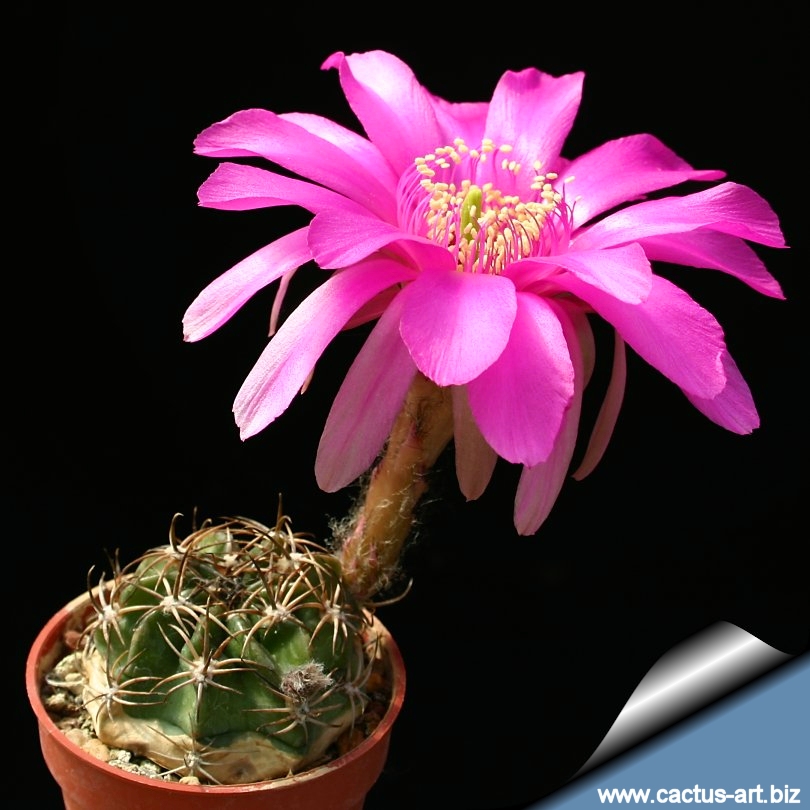
The flowers of
Echinopsis obrepanda hybrid are truly beautiful.
|
|
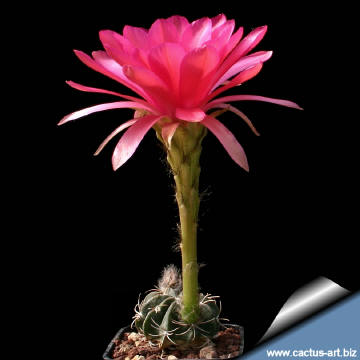 |
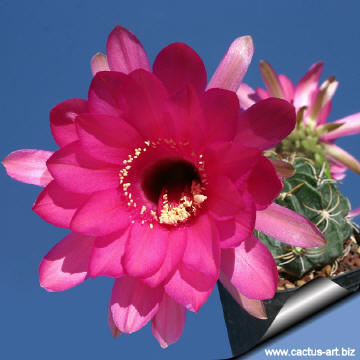 |
|
. |
|
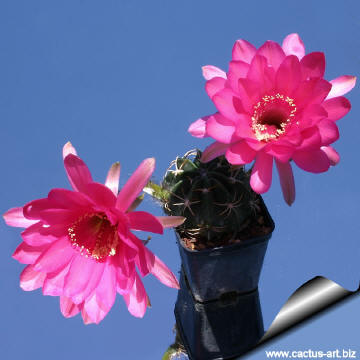 |
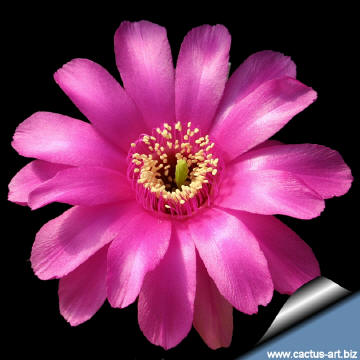 |
|
Cultivation: The Violet Easter Lily
Cactus is a summer grower
species that offers no cultivation difficulties.
Water regularly in summer (but do not overwater ) needs
good drainage and very porous soil, keep rather dry in winter.
Feed with a high
potassium fertilizer in summer.
It is quite frost resistant if kept dry (hardy to -7° C).
Need a bright exposure, full sun
or half shade in summer.
Propagation: Direct sow after last frost, offsets.
|
|


Advertising
|
|
|
|
|
Family:
Cactaceae (Cactus
Family) Origin:
Bolivia (Natural hybrid)
Scientific Name: Echinopsis obrepanda hybrid
Conservation status: Listed in
CITES appendix 2.
Common Names:
- Violet Easter Lily Cactus
|
Description: These plants are presumed
natural hybrids derived from crosses between a member or members of the
Obrepanda
group and one or more unknown lobivias. (Perhaps
Lobivia mizquensis, Lobivia pojoensis or other similar
species, Both with red flower and regarded as varieties of Lobivia
calorubra).
This hybrid forms are often listed as subspecies of Echinopsis
obrepanda but the mixtures of Echinopsis/Lobivia characteristics in
virtually all of the presumed hybrids is a good indication that they do
have a hybrid origin.
The intermediate-type characteristics are:
Throat lengths: Short in the lobivias and long in the Obrepanda
group.
Flower colour: Red in the lobivias and white in the Obrepanda
group.
Throat colour: Red in the lobivias, light greenish in the
Obrepanda group.
Rim stamen colour: Red in the lobivias and white in the Obrepanda
group, and
Throat stamen color: Red in the lobivias, distally white and
light green basally in the Obrepanda group.
This hybrids can
be easily distinguished From Echinopsis by their colored flowers
and by their rib tubercles, most of which are hatchet-shaped at least in
the apical portions of the stems.
|
|
|
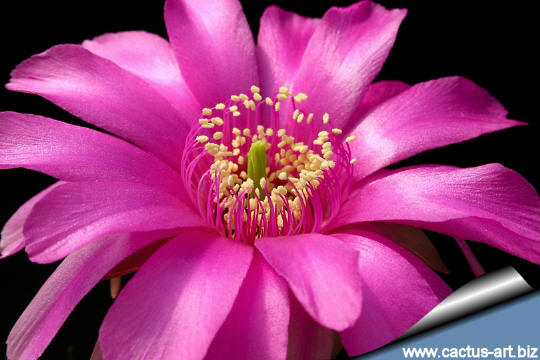 |
|
Propagation: Direct sow after last frost, offsets.
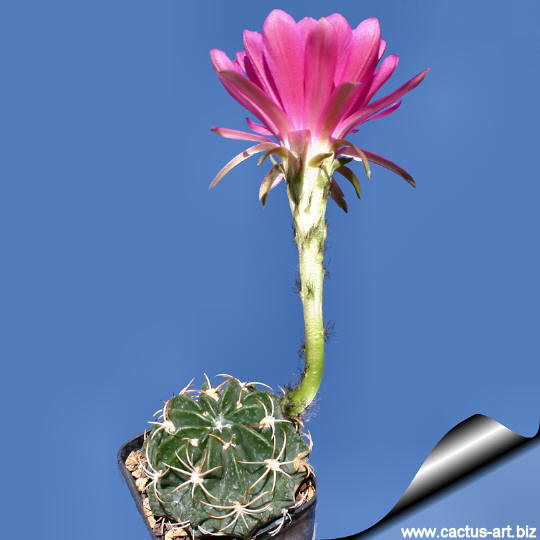
|
|